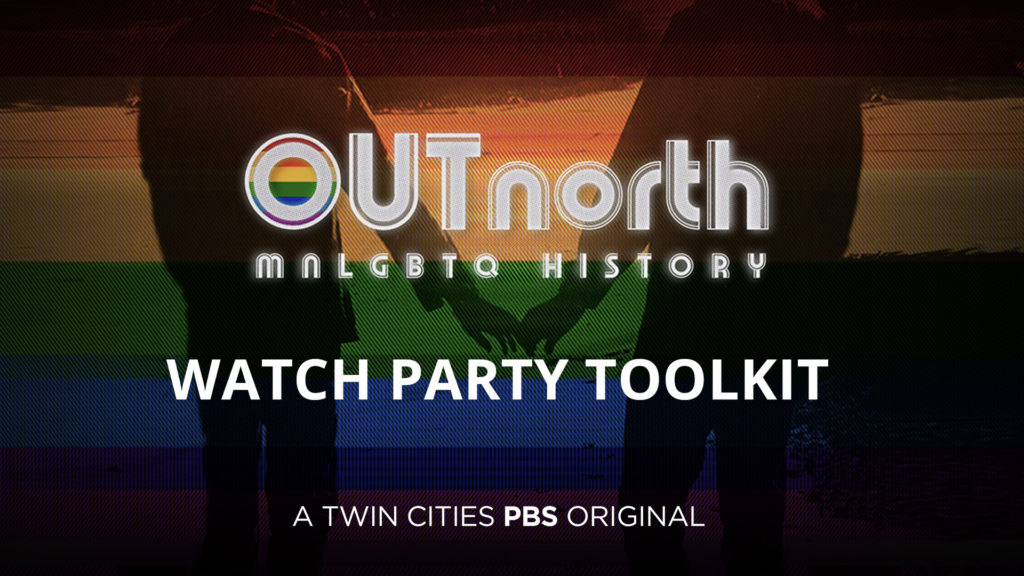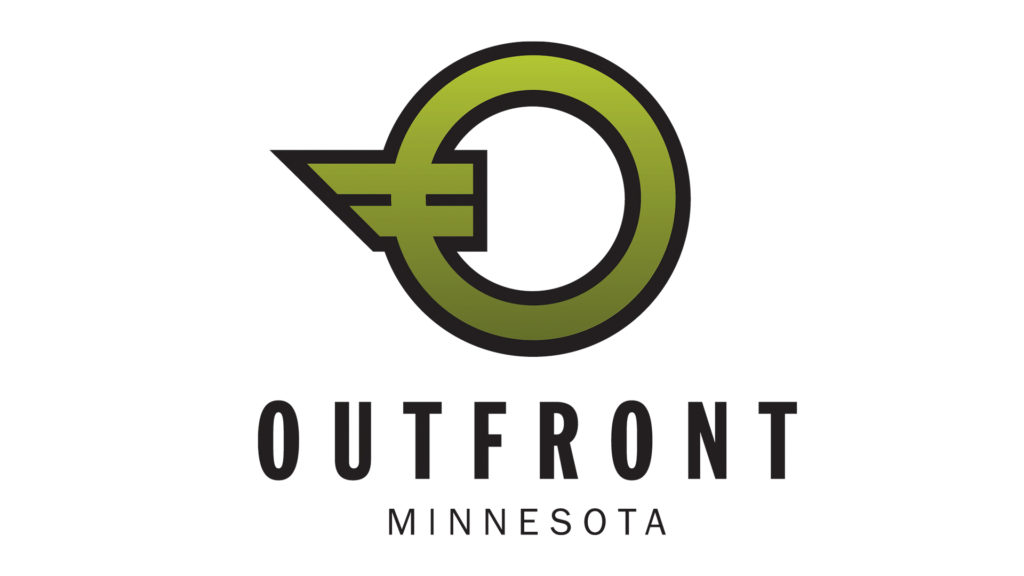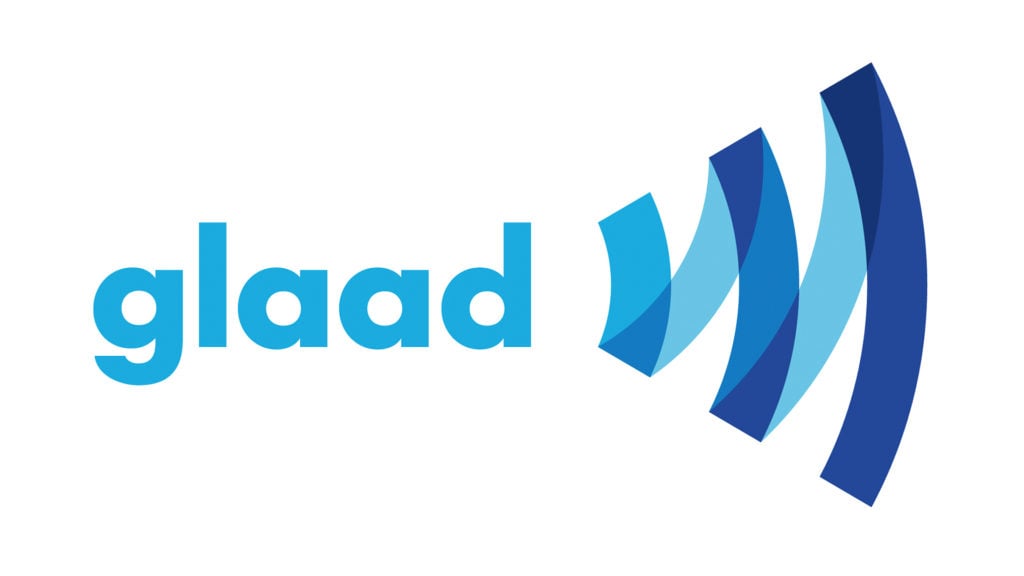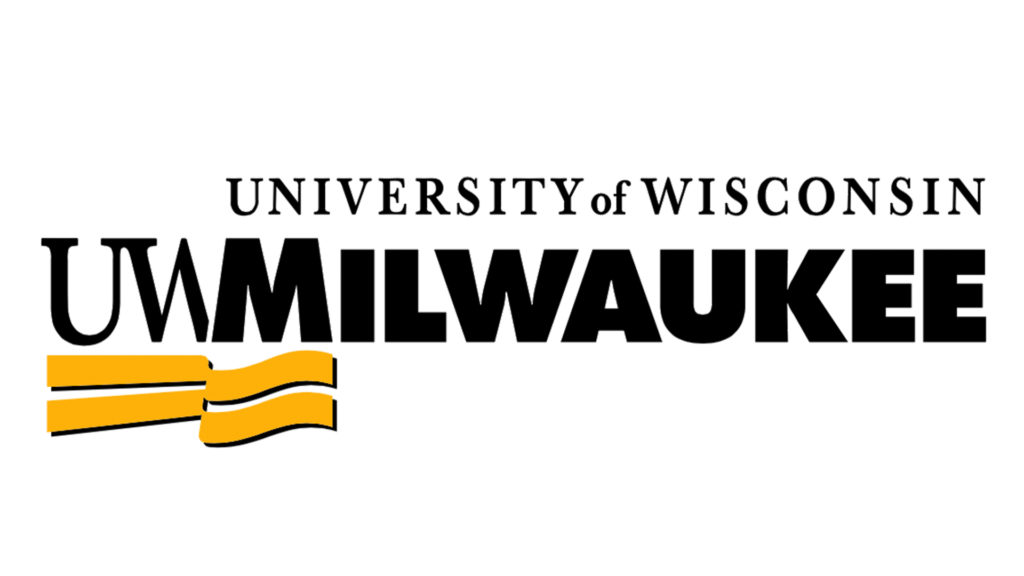Resources


gender & sexuality terminology 101





Additional resources and support for Minnesotans


The Jean-Nickolaus Tretter Collection in Gay, Lesbian, Bisexual and Transgender Studies
© 2025 Twin Cities Public Television